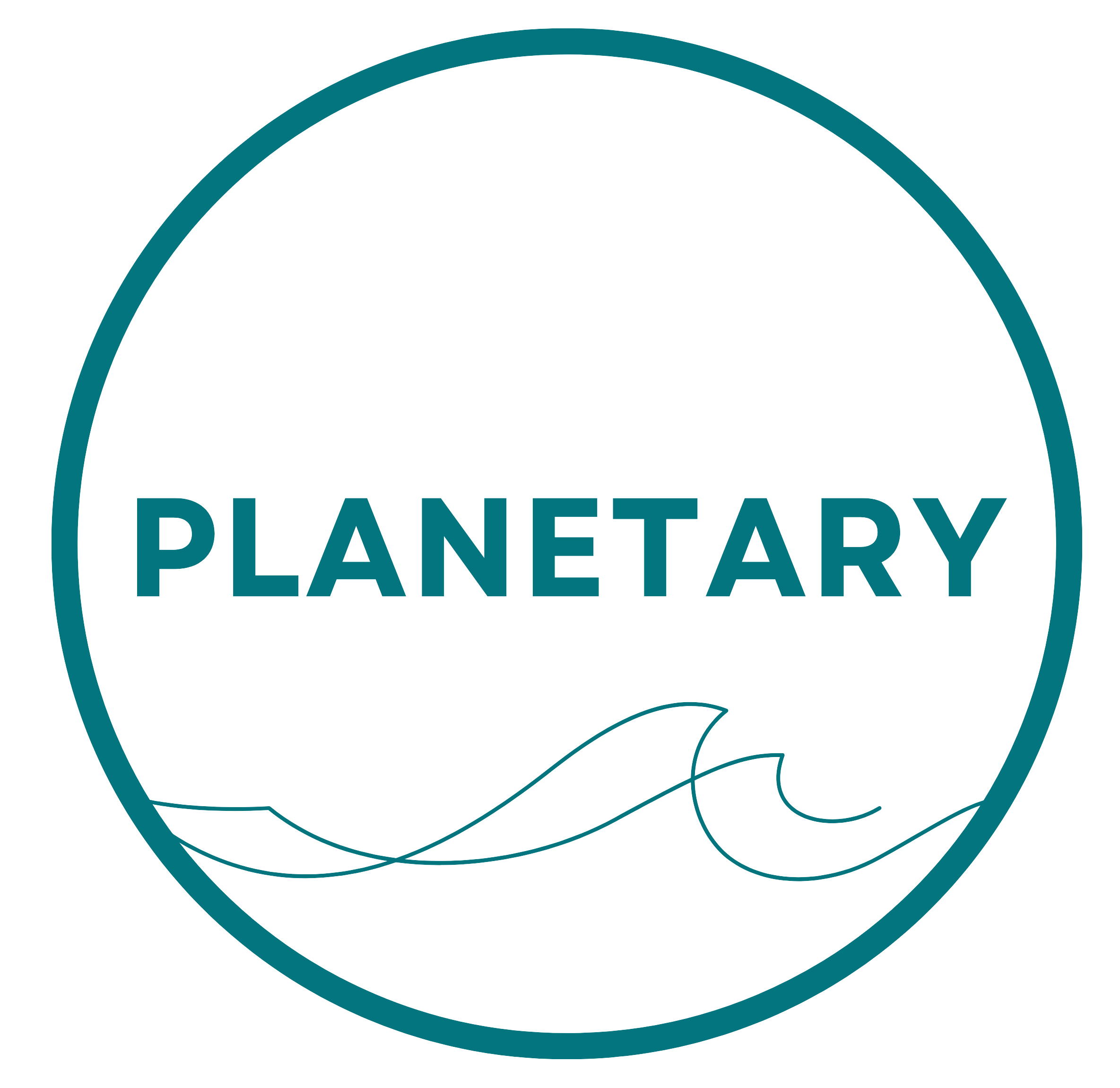The late-June publication of Magnesium hydroxide addition reduces aqueous carbon dioxide in wastewater discharged to the ocean marks the culmination of more than three years of work involving a broad collaboration of partners with a shared interest in progressing one of the most promising methods to address the climate crisis.
As the very first field trial of its kind, the results reported in this paper are critical to support our understanding of ocean alkalinity enhancement. The key takeaways were:
- Adding alkalinity (in this case, magnesium hydroxide) to wastewater converts the CO2 in the wastewater into dissolved carbonates and bicarbonates, thus reducing the amount of CO2 that would otherwise be emitted to the atmosphere.
- This provides a proxy for the measurement of carbon removal in the ocean
- The effect on ocean chemistry was barely detectable right at point of addition to the ocean (within 5 meters) and undetectable beyond that,
- This confirmed the predicted, rapid dilution of the alkalized water below detection limits once discharged to the ocean, indicating the need for ocean modeling to estimate dispersal and any subsequent removal of CO2 from air.
- All measured chemical effects stopped once the addition stopped, providing a clear “exit strategy” for the process
The paper shows that Ocean Alkalinity Enhancement, when properly controlled, is effective at sequestering carbon and its effects, and therefore risks, are both temporary and highly localized. This paper provides a strong foundation for additional field work at higher scales.
Getting to this result didn’t happen overnight – it took over a year of intense work from a large group of partners including PML Applications Ltd, South West Water, HaskoningDHV UK, Port and Coastal Solutions, Coastal Science Ltd. and Deltares among others, committed to making progress on this critical climate technology.
The story starts in early 2021 with the successful application by Planetary (then Planetary Hydrogen) to Phase 1 of the UK Department of Business, Energy, and Industrial Strategy’s Greenhouse Gas Removal (GGR) competition. The grant enabled Planetary to conduct a feasibility study for a pilot project to test ocean alkalinity enhancement (OAE) as a carbon dioxide removal (CDR) method. An initial study by HaskoningDHV UK included a permitting review and a site investigation, which, considering a broad range of environmental and social constraints, identified nine potential locations where the required initial dilution could be achieved.
Hayle emerged as one of those possible sites, and also came up in other conversations, notably with South West Water, who proposed the St Erth Water Treatment Works as a site with a particularly innovative workforce.
An initial modelling study, conducted by Port and Coastal Solutions, Coastal Science Ltd, and Deltares confirmed the rapid dilution of the added alkalinity, but also indicated that, at the likely initial addition rate, the impact on seawater chemistry (reducing acidity and seawater CO2 content) would be undetectable except, just possibly, right at the outfall location. The study also showed the CDR potential of OAE at Hayle, with CO2 uptake occurring as the now highly diluted alkalinity dispersed into the Celtic Sea.
Based on this study, Planetary and South West Water agreed to progress with a limited “methods test” at Hayle in 2022, with the aim of testing the dosing and sensor hardware, demonstrating the expected reduction of biogenic CO2 content in the wastewater plant effluent, and performing offshore monitoring in the hope of detecting a chemical signal in the outfall plume. Plymouth Marine Laboratory Applications Ltd., were brought on board to do an initial lab investigation of the impact of magnesium hydroxide (MH) on the treatment plant’s final effluent and to conduct offshore monitoring during the methods test.
The results of the test, analysed and presented in the Nature Comms paper, confirm the expected reduction of biogenic CO2 in the effluent and the rapid dilution after discharge.
The test results also confirm the extremely small impact of MH addition on seawater chemistry – barely detectable within 5 meters of the discharge point in this case, and likely to be barely detectable beyond 50 meters if the addition were to be scaled up 100-fold. This minimal chemical impact is in line with the overall conclusion of the independent audit, commissioned by the UK Environmental Agency and conducted by the Water Research Centre, which concluded that a pilot project, proposed as a follow-on to the methods test, posed low risk to the marine environment.
The Hayle 2022 methods test was a world’s-first demonstration of OAE by mineral addition to wastewater effluent and its potential as a CDR solution, and laid the foundations for the 2023 pilot project in Halifax, Nova Scotia.
Stay tuned for a blog post discussing how this plays into the measurement of carbon removed from the atmosphere!



